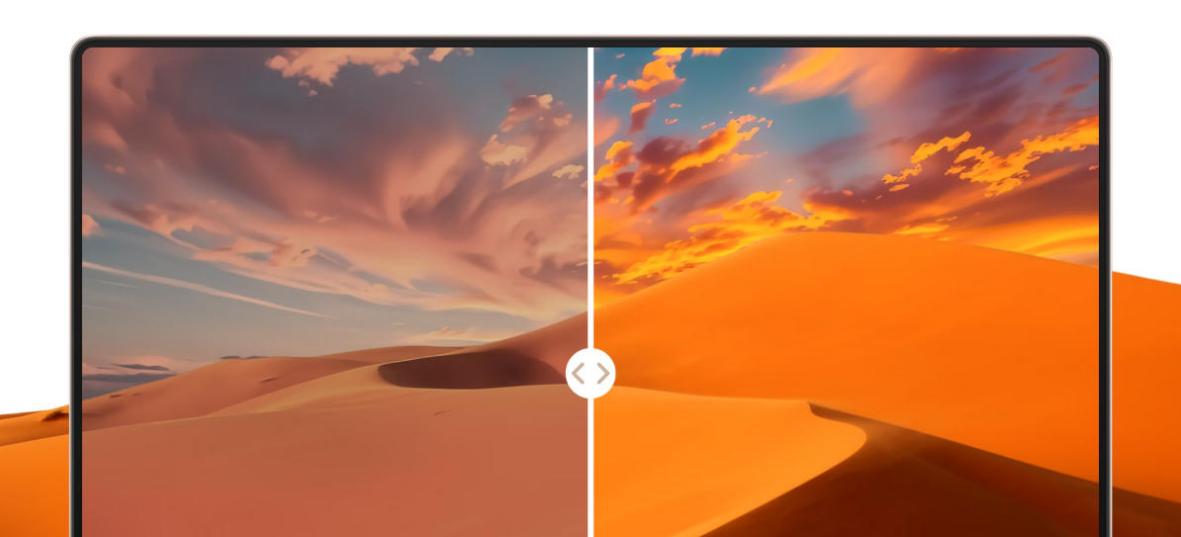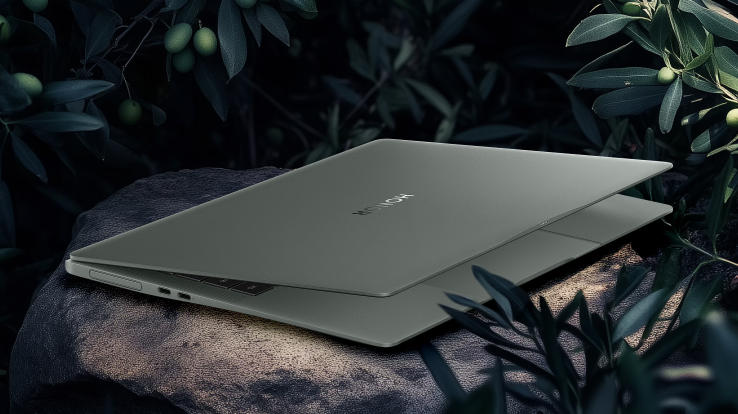
Choosing the perfect college laptop is crucial for academic success. Students need a device that balances performance, portability, and durability. Essential components include the processor, RAM, and storage. Equally important are display quality, battery life, and connectivity options. Understanding these specs ensures students find a laptop that meets their educational needs. Whether attending lectures, completing assignments, or engaging with multimedia projects, having the right laptop specs can make all the difference in a student’s college journey.

Core Components That Affect Performance
Choosing the Right Processor for Student Needs
College students perform a wide array of tasks on their laptops—from taking notes to creating projects. It’s vital to select a processor that can handle these activities smoothly. Intel’s Core i5 or AMD’s Ryzen 5 are excellent choices for most students, providing enough processing power for multitasking without draining the budget. Opt for an i7 or Ryzen 7 if you need more power for demanding programs like graphic design or coding.
How Much RAM Is Enough for College Work?
RAM determines how well your laptop can handle multiple applications simultaneously. For general use, 8GB of RAM is sufficient. It supports web browsing, word processing, and streaming videos. Students in specialized fields like design or engineering may benefit from 16GB to run software that demands more memory. Ensuring your laptop has enough RAM enhances performance and minimizes frustrating slowdowns during essential tasks.
Storage Type and Capacity for Smooth Operation
Storage affects both the performance and capacity of a laptop. Solid-State Drives (SSD) offer faster data access and shorter boot times compared to traditional Hard Disk Drives (HDD). For college use, a 256GB SSD should suffice for storing documents and essential applications. If media or large files are needed, consider a 512GB SSD or utilize external storage options. SSDs help laptops run efficiently, supporting students’ productivity.
Display and Graphics Considerations
Screen Size and Resolution for Comfort
A comfortable screen enhances productivity and reduces eye strain during long study sessions. A 13 to 15-inch display is ideal for balancing portability and visibility. A resolution of 1920x1080 (Full HD) ensures clear, sharp images suitable for reading and multimedia activities. These specs provide a great viewing experience, whether you’re watching lectures online or working on a paper, allowing you to focus without distraction.
Color Accuracy and Brightness for Projects
Color accuracy is crucial for students engaged in graphic-intensive fields like design. A laptop with good color representation, preferably an sRGB coverage of over 70%, ensures that project deliverables meet professional standards. Additionally, a brightness level of at least 250 nits helps maintain screen visibility in various lighting conditions, making it easier for students to work both indoors and outdoors.
Integrated vs Dedicated Graphics for Students
For most college activities, integrated graphics suffice. They handle tasks like video playback and basic graphic design efficiently. However, students in gaming, animation, or 3D modeling may need dedicated graphics cards for smoother performance and more detailed rendering. Selecting based on your course requirements helps avoid overspending on unnecessary features and ensures your laptop supports your academic work.
Battery Life and Portability Factors
All-Day Usage Without Frequent Charging
College students need laptops that last through long lectures and study sessions. Look for models claiming at least 8 hours of battery life. This ensures you can operate throughout the day without hunting for a power outlet. Energy-efficient processors and optimized settings contribute to extended battery life, keeping your device running when you need it most, whether in the classroom or library.
Weight and Size for Campus Mobility
Portability is key to a student’s daily activities. A laptop weighing between 2.5 and 4 pounds is generally easy to carry, fitting in most backpacks. Compact models are easier to transport between classes and offer greater flexibility during travel. Lightweight devices reduce the strain of carrying multiple items, allowing students to focus on their studies without the burden of extra weight.
Balancing Portability With Performance
While portability is essential, performance should not be compromised. Students must find a model that offers both, ensuring ease of transport without sacrificing speed and functionality. Ultrabooks and thin-and-light laptops are designed for this balance, providing powerful hardware in a slim design. These choices ensure you’re not hindered by your laptop’s performance, supporting your academic needs effectively.

Connectivity and Future-Proofing
Essential Ports for Academic Tools
Essential ports like USB-C, USB-A, HDMI, and an audio jack are vital for connectivity with classroom tools and peripherals. These allow students to connect external devices such as printers, projectors, and external drives. Ensure sufficient and versatile ports to accommodate changing needs and upgrades throughout your college years, keeping your laptop adaptable to various academic tasks.
Wireless Standards for Fast Connections
Fast, stable internet connectivity is crucial for accessing online resources and participating in virtual classes. Laptops supporting the latest Wi-Fi 6 standard offer improved speed and efficiency over older versions. Additionally, Bluetooth 5.0 enhances wireless device connections with reduced latency. Ensuring your laptop is equipped with modern wireless technology supports seamless academic work and collaboration.
Upgrade Options to Extend Laptop Lifespan
Choosing a laptop with upgradeable components ensures longevity and adaptability. Models allowing RAM and storage upgrades extend the device’s usefulness as your needs evolve. This flexibility helps manage costs over time, allowing students to enhance performance without purchasing a new laptop. Forward-thinking choices support ongoing efficiency and utility, aligning with future academic and personal computing demands.
Conclusion
Selecting the ideal college laptop involves a balance of essential specifications tailored to your academic needs. By understanding processors, RAM, and storage, you align performance with coursework demands. Considering screen quality, battery life, and connectivity enhances the overall educational experience. Models like HONOR MagicBook Art 14 2025 in KSA also showcase how innovation meets practicality. With these insights, students can confidently choose a laptop that not only meets current requirements but also supports their educational journey for years to come.